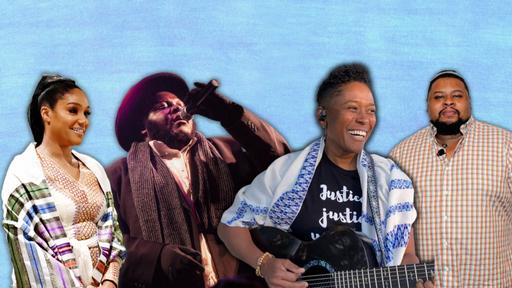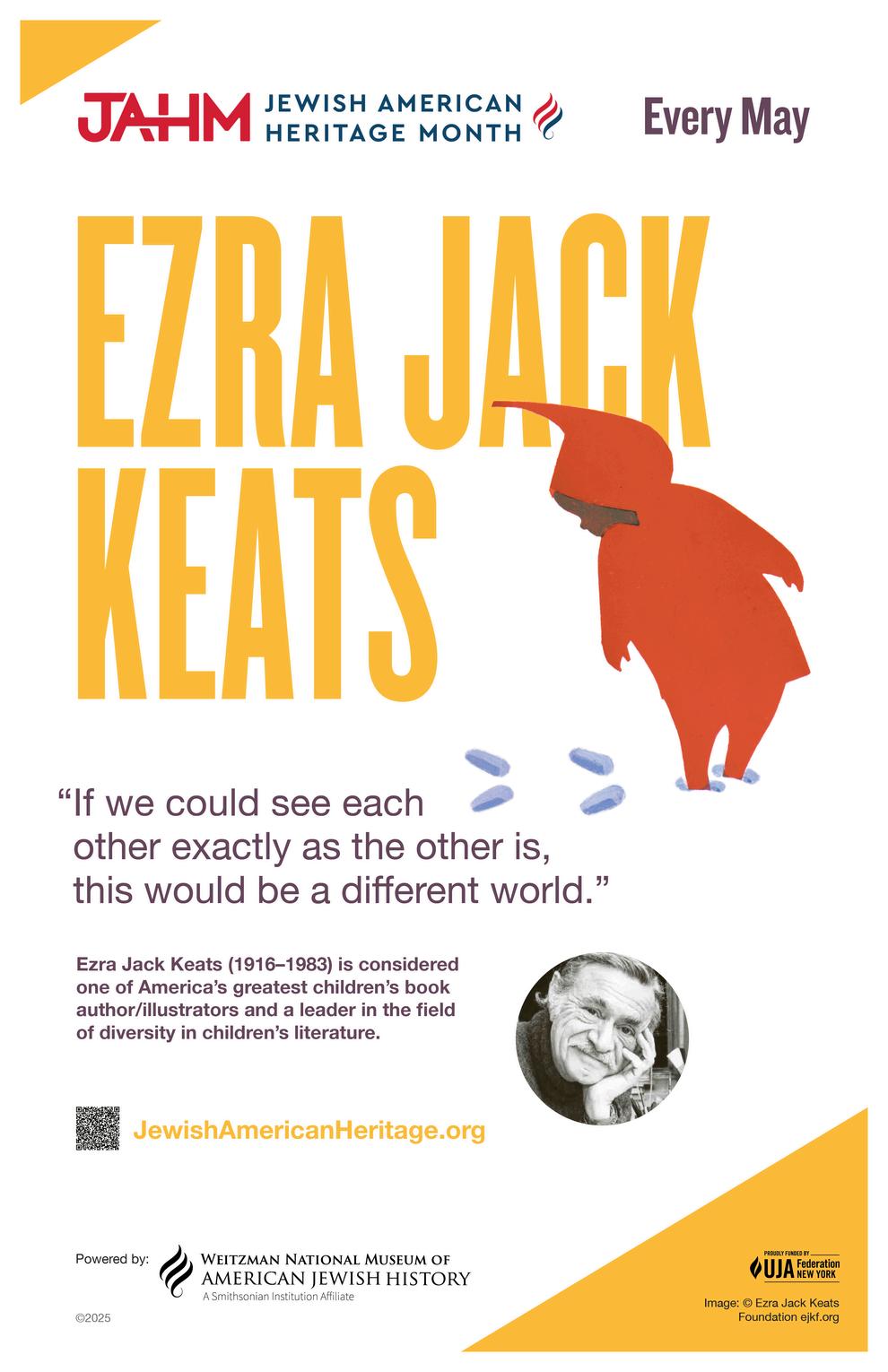In 1654, the first Jewish people migrated to New Amsterdam (now New York) from Brazil. They were Sephardi Jews, meaning their ancestry can be traced to Spain and Portugal., escaping religious persecution when the Portuguese seized control of Brazil from the Dutch.
For many decades following, daring Sephardi and Ashkenazi (meaning their ancestry can be traced to Central and Eastern Europe) traders settled in various American colonial ports such as New Amsterdam (New York), Newport, Philadelphia, Charleston, and Savannah. Sephardi dominance in the United States concluded in the early 19th century.
Despite this, Sephardi immigrants continued to arrive, first from Holland and the West Indies, then from the collapsing Ottoman Empire, and later from Arab countries, now referred to as Mizrahi (Eastern) Jews. Between 1880 and 1924, approximately 50,000 to 60,000 Eastern Sephardi Jews immigrated to the United States, many of whom spoke Ladino (Judeo-Spanish).
Between 1820 and 1880, an estimated 150,000 Jews emigrated to America, the overwhelming majority young German-speaking Central European Jews from Bavaria, Western Prussia, Posen and Alsace seeking refuge from religious persecution.
The unification of Germany in 1871 reduced German-Jewish immigration to the United States, while simultaneously sparking an increase in East European Jewish immigration to America's shores. Between 1880 and 1924, well over two million Jews from Russia, AustriaHungary and Romania fleeing violent pogroms settled in the United States, speaking mostly Yiddish.
For humanitarian reasons, approximately 200,000 European Jewish refugees were granted entry in the late 1930s and 1940s, with some arriving just before World War II and others shortly after. In the decades following the Immigration Act of 1965, more waves of Jewish immigrants settled in America.
The largest group, numbering at least 500,000, were Jews from the former Soviet Union who emigrated after the fall of Communism Additionally, 60,000 to 80,000 Persian Jews fled Iran following the 1979 Iranian Revolution. Thousands of Jews from Latin America also immigrated to the United States due to revolution, unrest, persecution, and economic instability. During South Africa’s apartheid era and its aftermath, as many as 12,000 Jews moved to the United States
Today, there are an estimated 10 million Jewish people in the United States, with varying backgrounds, cultures and ethnicities.
jewish people are not a monolith
Just like there are different categories of Christianity, there are many different denominations of Judaism. The denominations primarily differ in their philosophical approaches to Jewish tradition and their adherence to and interpretation of traditional Jewish law, known as halacha:
Reform Judaism - emphasizes the Jewish ethical tradition over Jewish law
Conservative Judaism - sees Jewish law as obligatory, and often seen as the midpoint between Reform and Orthodox Judaism
Reconstructionist Judaism - views Judaism as the continuously evolving civilization of the Jewish people
Orthodox Judaism - defined by commitment to traditional understanding of Jewish law. The subdivisions within Orthodox Judaism are:
Modern Orthodox
Haredi (Ultra) Orthodox
Hasidic
Yeshivish
Open Orthodox
the jewish calendar and holidays
The Jewish calendar incorporates both solar and lunar elements, comprising 12 months that are either 29 or 30 days long. The Jewish year (5784, 5785, etc.) starts on Rosh Hashanah. Below are the major holidays, but there are many more to explore:
Rosh Hashanah - the beginning of the Jewish New Year
Yom Kippur - the Jewish day dedicated to communal and personal atonement for sins committed over the past year.
Sukkot - meaning the "Festival of Tabernacles" and the "Feast of Booths, " this is one of Judaism's three major pilgrimage festivals
Shemini Atzeret/Simchat Torah - these mark the conclusion of Sukkot and mean “Eighth Day of Assembly” and “Rejoicing in Torah” respectively
Hanukkah - the Festival of Lights
Tu Bishvat - the birthday of all fruit trees
Purim - a joyous retelling of the story of the near-destruction of the Jewish people in Biblical times
Passover - commemorates the Israelite’s transition from slavery to freedom during the Exodus from Egypt
Yom Hashoah - Holocaust Remembrance Day
You can find a current Jewish calendar with all of the holidays here.







